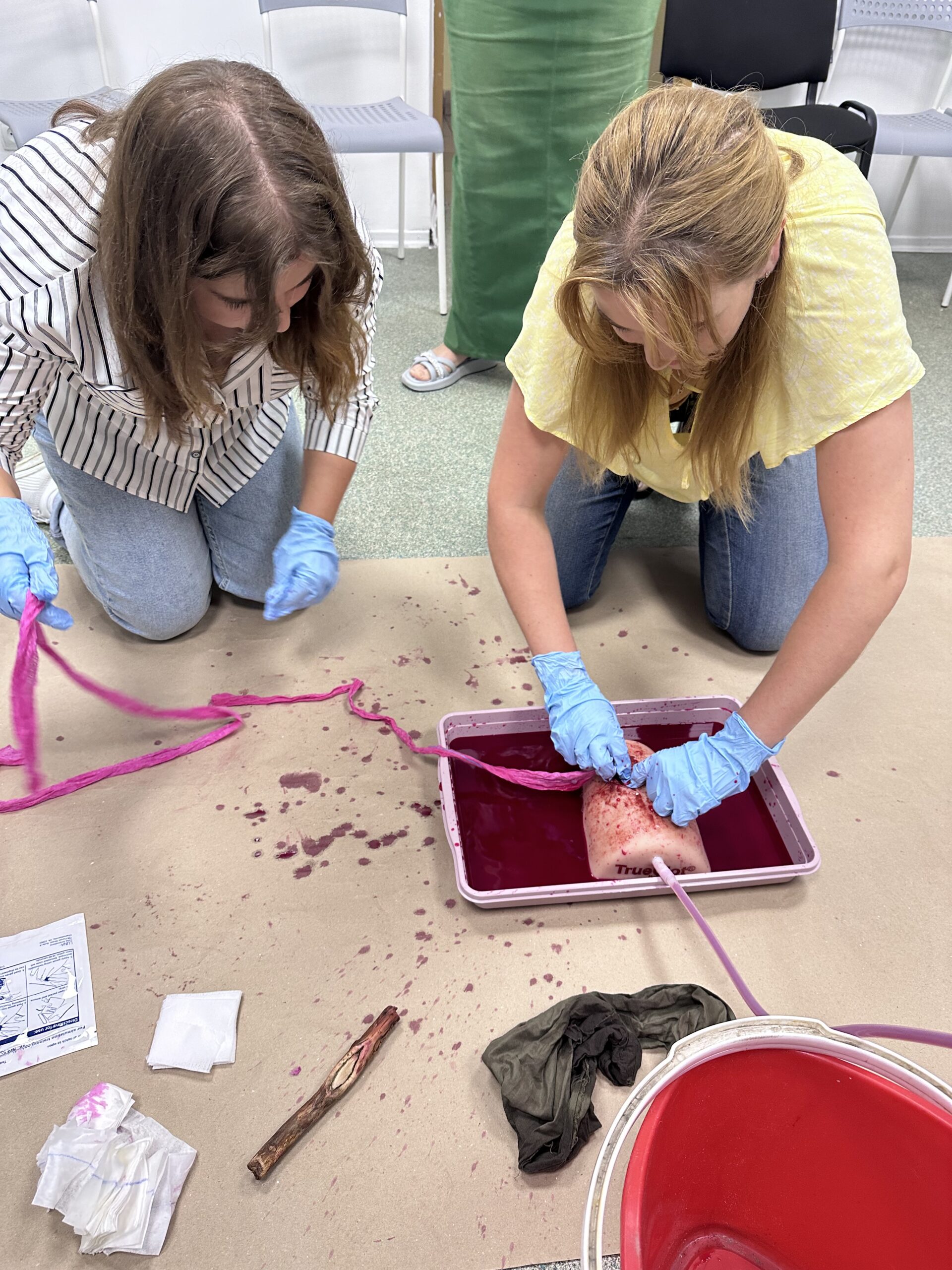CT: Layer-by-layer is an efficient way to deliver multiple antigens for better control and precision in delivering the vaccine or therapeutic. Essentially, we layer different materials onto nanoparticles (which are much smaller than the width of a human hair). Each layer serves a different purpose such as protecting, stabilizing, targeting, or releasing the vaccine at the right time or helping the immune system accept and respond to the vaccine.
This precise delivery of the vaccine should lead to stronger and longer-lasting immune response and protection against disease. That’s the goal.
At Luna Labs, our layer-by-layer nanotech work began on malaria, using chitosan-based nanoparticles to first activate cellular response to immediately attack and destroy infected cells then to activate humeral response to produce antibodies for long-term protection.
We’ve continued this work by expanding its use into COVID-19 vaccines with delivery of multiple different immunogens implicated in that disease.
: Outside of layer-by-layer technology, are there any other vaccine delivery efforts underway?
CT: We are working on another exciting tech we call NanoVac™. It is a short carbon nanotube-based platform developed by Luna Labs to deliver a broad range of biologics (antigens or therapeutics) safely and efficiently via multiple administration routes. While there have been significant advances in current mRNA vaccines, they continue to have drawbacks. Delivery via lipid nanoparticles has known inflammatory reactions and no innate immune response. Alternatively, the NanoVac platform ‘mimics’ virus structure, protecting mRNA from degradation and enhancing mRNA uptake and expression in the cells.
Part of the breakthrough is using short carbon nanotubes (SCNTs) to carry and protect the delivery – in this case the vaccine. SCNTs are tiny tubes made of carbon, sort of like drinking straws but so small they can’t even be seen under a microscope. They carry and protect their cargo, then stimulate the immune system to respond. With SCNTs, we can improve precision, stability, and efficiency of vaccine and drug delivery to ultimately improve patient experiences and outcomes.
LL: What are the next steps to bringing these approaches to clinics and patients?
CT: Our cross-disciplinary expertise at Luna Labs, particularly in biology, immunology, chemistry, and advanced materials, puts us in a unique position to understand and target delivery of complex payloads into the body. We have a deep and long-standing relationship with our collaborators at Columbia University who bring expertise in specific disease and animal models. Our research programs have proven we can elicit vaccine responses.
To bring these approaches to the next level, we are seeking pharma partners who need a rapid delivery system for targets within their pipelines.
The horizon is broad. We have unique approaches that can be scaled to clinical relevancy and we are excited to expand payloads and indications. Ultimately, we envision a future where our healthcare systems can respond quickly and with longer, sustained protection against existing and emerging diseases.
Vaccines 2024, 12(3), 339; https://doi.org/10.3390/vaccines12030339




